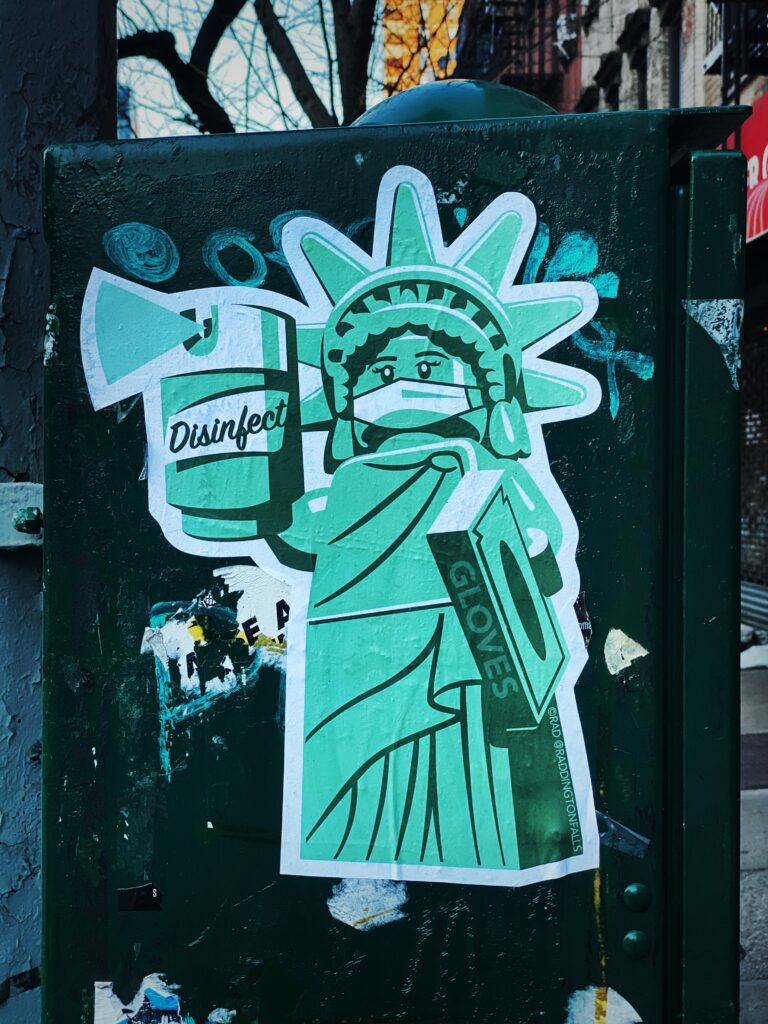


With 2020 sales originally projected to exceed $3.9 trillion, the new decade was looking rosy for recovering U.S. retailers before the pandemic wreaked havoc. Now the race is on to predict how retail will reinvent itself post-virus.
Arguably the biggest single blow dealt to the sector by the pandemic was 190,000 stores being forced to close their doors in the first week of April – around half U.S. retail square footage.
From the outset the odds were stacked against already hard-pressed stores such as J C Penney, Gap and Kohl’s, with half their year’s earnings expected to be wiped out by March and April sales declines alone. Their fight to survive will continue, as forecasters estimate spending on non-necessities will plummet by 50% in the first half of 2020.
The gloom isn’t universal. While traditional apparel retailers and other non-essential stockists battle to stay afloat, others are swimming strongly in the virally-distorted marketplace. Drugstores, mass merchants and dollar stores, for example, are considered key providers and are gaining momentum as waves of consumers stock up with vital supplies.
Online shopping specialists face different challenges. The huge demand from people sheltering from the outbreak at home is testing their ability to keep up. Reduced product availability and stretched shipping times mean that even large players such as Amazon are finding it harder to hold onto once loyal customers who are straying from their usual online hunting grounds.
Some web-savvy, freshly time-rich shoppers are veering off to DTC retailers. And CPG online sales jumped 41.7% for the first week of April, compared to the previous year, with food sales rising 79.8%.
For retailers operating in both digital and physical domains, the picture is mixed. But although online performance may have increased dramatically, it’s rarely sufficient to offset brick-and-mortar losses, with some seeing an overall 90% decrease in sales.

So how will retailers respond to the challenges imposed by the pandemic and, importantly, how will they move forward after the threat lessens? Here are some of the most credible expectations…
The full ramifications of the coronavirus are unknown – it’s recent, ongoing, and unpredictable. However, a variety of sources are anticipating a recovery time of 18 months or more to offset the disruption and regain profit numbers similar to 2019. There’s no guarantee that on the other side of this epidemic we’ll even recognize the retail sector it leaves in its wake. But shopping seems bound to our DNA and history tells us that when times are tough, the most adaptable retailers have always found ways to survive and to serve.
Read the latest health and safety recommendations from the RILA and the NRF to U.S. retailers planning a phased reopening when restrictions lift.
Talk to us today to find out how we can support you with your exhibit or event, ensuring a memorable and impactful brand experience.
Contact Us